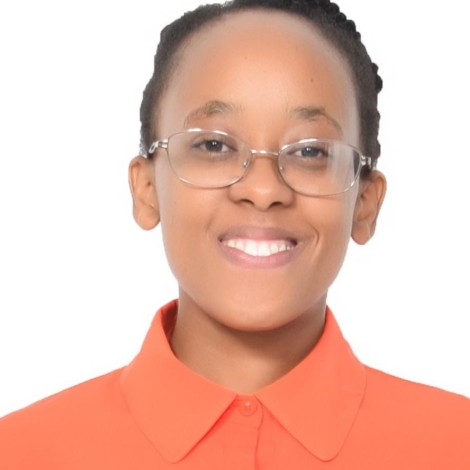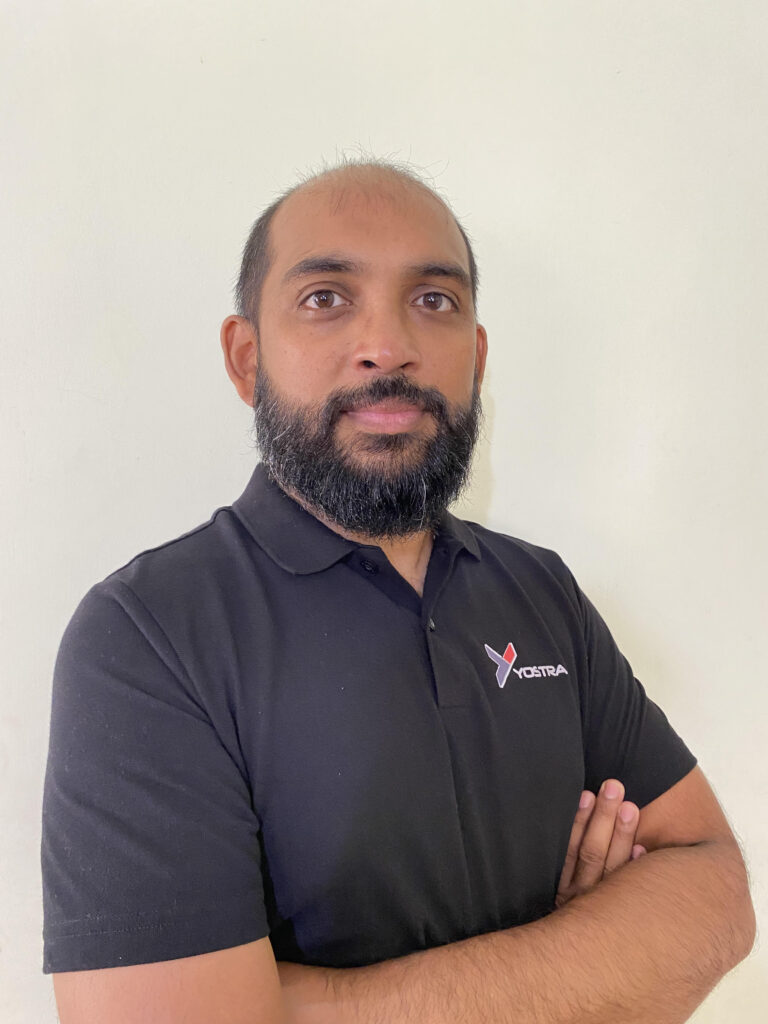Keziah Ntwiga has seen the spectrum of product design and startup management in the technology for social good sector and she has insights to share. She is trained as a Mechatronic Engineer and works as a Quality Assurance Manager in Sun King’s clean cooking division. Alongside that role, she has served as an expert and mentor evaluating and advising teams in the American Society of Mechanical Engineers ISHOW Africa for three years, from 2022 to 2024 and throughout the bootcamp this year that is ongoing.
Over the past decade, ISHOW experts, including Ms. Ntwiga, have guided hundreds of startups across India, Africa, and the Americas. They support ventures in five key areas: customer insights, hardware validation, manufacturing, strategy, and impact. Startups identify their top challenges, and ISHOW matches them with the right experts, drawing from a pool of more than 30 professionals in marketing, product design, and manufacturing.
Ms. Ntwiga and her team were selected for the ISHOW USA 2016 accelerator for PayGo, an IoT-enabled smart meter that attaches to LPG cylinders, allowing customers to meter their gas usage and pay for small amounts as they use it rather than having to buy the full cylinder up front. PayGo has since been acquired by Sun King, and Ms. Ntwiga has supported the startup throughout since 2019. These are Keziah Ntwiga’s tips for hardware startups working in technology for impact and sustainable development. The conversation centers on ISHOW startups, but the takeaways can be extrapolated into universal insights.
Read more: Vinayak Nandalike’s Tips for Hardware Startups
E4C: What is the most frequent piece of advice you find yourself giving to startups?
KN: Great question. That would have to be the document-and-test refrain. The startups I got to interact with all had noteworthy innovations at different stages of hardware development, lab testing and soaking the prototypes in the field in smaller pilots. The importance of collecting lab and field (test) data while outlining the processes and procedures during development and testing could not be reiterated enough.
Testing for failure is one area that the startups need to consider from as early on as possible. This is a critical aspect that informs the need for updates, maintenance or end-of-life processing.
Hardware development is tough enough as is, and the cycle of development yields a lot of data. I noted that many of the startups had parts of their work documented while other aspects were yet to be documented.
As well, testing for failure is one area that the startups need to consider from as early on as possible. This is a critical aspect that informs the need for updates, maintenance or end-of-life processing.
E4C: What are some of the common challenges startups are dealing with when they enter bootcamp?
KN: One was a need for a clear budget that outlines the expenses and income streams. One team had a good understanding of their financials but their breakdown needed clarity before sharing externally.
Another was a lack of clear documentation, whether for tests run, intellectual property or operational procedures. Having these early on makes scaling up and team expansion much easier.
A third challenge was a lack of funds to launch or expand the pilots for their products. Some of the startups needed a financial push to move to the next step, but had not been able to raise the amount needed.
Our world is in technologically dynamic times and integrating different tools, learning new skill sets and strategic collaboration cannot be reiterated enough.
There was also a lack of testing facilities or high access fees. I noted this for startups in and outside Africa. Running destructive tests, aerodynamic tests, fabricating or machining better quality prototypes or samples, or getting test data from certified labs was not
accessible to all the startups.
Another was a lack of deep research about newer markets despite plans to expand. Compliance to standards in new markets is imperative for success.
One more was a lack of support in their base countries due to bureaucratic barriers. This was especially when the startups needed approvals for submissions such as permits, legal compliance documents or intellectual property (IP) to take their innovations to the next step of development.
E4C: Conversely, what are the ISHOW startups already doing well, generally speaking?
KN: Well, for a start, their products had an ‘it’ factor. They were addressing emergent and current challenges in different sectors practically. They had also clearly identified their customers and stakeholders. Those further advanced in the product development cycle had begun getting income from sales.
The startup teams in ISHOW were learners: innovators willing to ask questions, deliberate on perspectives shared during the round robins, take down notes, follow up with the judges and ISHOW teams, and learn from each other through the networking sessions.
E4C: What best practices can early-stage startups adopt to improve their product design and manufacturing processes?
KN: They can definitely start with reaching out to those in similar sectors who have faced or addressed similar challenges. Learning from the experience of others is an invaluable opportunity to glean best practices and not repeat mistakes.
Collaboration with willing experts in design & manufacturing is also important. Incubators, maker labs, fabrication labs, crafts workshops, masterclasses and similar innovation facilities like university research labs and centres offer a great and less expensive way to hone skills sets in design and smaller-scale manufacturing through prototyping and practice using specialized machining facilities available there.
They could also explore government and regional incentives like special economic zones (SEZ) where taxes are minimal and setting up manufacturing plants or production lines is made much more easily accessible.
They could also consider outsourcing or contractual manufacturing and production should it be cheaper and up to the quality standard desired. Capital expenditure is high for manufacturing and so any intervention to reduce operational costs will allow for reallocation of funds available to other business needs.
Prioritizing safety in design, quality checks and quality assurance is imperative. For quality products, these aspects and processes need to be integrated within a startup’s design and manufacturing strategy.
One more would be leveraging open source tools and resources for design and simulation. Virtual Reality and Augmented Reality tools for device applications are more accessible and could serve as a great resource for immersive multi-dimensional simulation.
E4C: What advice do you have for the companies developing products sold in Kenya and sub-Saharan Africa to help them avoid common problems?
KN: Another great question. One thing would be to get their products protected under law as intellectual property locally and in the markets they target. This will be useful in scaling up and protecting their gains and profit in these markets. It also opens up gateways for the companies to contribute to policies and standards in their markets especially if their products are novel or require standards review. Inadvertently, this has a ripple effect of spurring innovation in the sector of product use.
Secondly, invest in researching their markets. Are their current markets dynamic or stable? What could they do to maximise their product uptake in their target markets? How could they strategically expand their markets? Reviewing the customer section in their business plan or business canvas should be planned so that they can thrive and grow through dynamics such as purchasing power or demand in different seasons. An example of this would be products that are more in demand when children or students are in school and when they are on holiday.
One more would be to never stop innovating. They should play the long game and set aside a budget for research and development, and empower their product development teams to creatively look at ways to improve the efficiency of their products, diversify their product portfolio (based on their market research data), and simulate the feedback shared by their customers and markets. Intentional R & D can yield many innovative ways to think through product design and iteration for value addition and to address customer needs.
E4C: Parting words?
KN: I would like to add that our world is in technologically dynamic times and integrating different tools, learning new skill sets and strategic collaboration cannot be reiterated enough. We push the limits already set in innovation and business by assessing what has been accomplished and innovating more informedly.
At least 75% of Africa’s populace is below 35 years old. I reckon that innovation in Africa is not about to stop anytime soon. I believe Africa can solve its own challenges as it embraces and supports its homegrown innovators.

